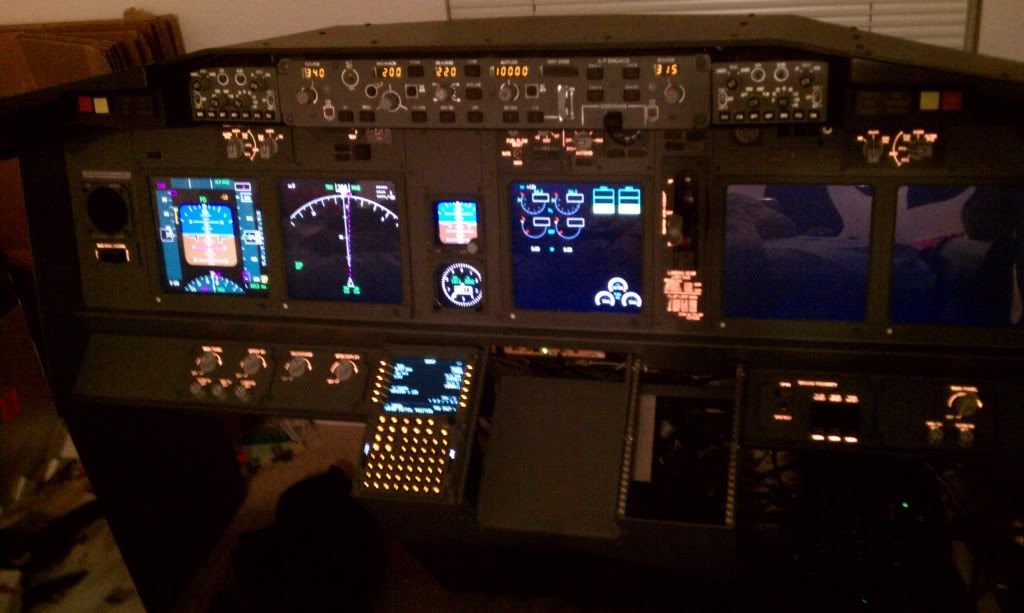killbilly
Vocals, Lyrics, Triangle, Washboard, Kittens
You guys have been remarkably helpful, so I'd appreciate some additional knowledge.
Someone pointed out that since I'm a pilot I must hate money, but I'm also trying to be efficient here. To that end, I'm trying to combine requirements in my training to meet multiple goals at the same time.
Right now, the goal is to obtain my IR. Beyond that, the Comm/CFI/CFII/MEI stuff is possibly on the horizon, but not as set in stone as the IR. Further, costs are a factor. So here's what I'm thinking:
So this is sorta my thought (and budgeting process) right now. Do you guys have any insight or advice that will help me out, save me money, or make me a better pilot? Or are those last two things mutually exclusive?
Thanks in advance - I appreciate the civil discourse.
Someone pointed out that since I'm a pilot I must hate money, but I'm also trying to be efficient here. To that end, I'm trying to combine requirements in my training to meet multiple goals at the same time.
Right now, the goal is to obtain my IR. Beyond that, the Comm/CFI/CFII/MEI stuff is possibly on the horizon, but not as set in stone as the IR. Further, costs are a factor. So here's what I'm thinking:
- The FBO has a Redbird Full Motion sim that I can log a good chunk of my IR training time in. Obviously, that's cheaper. A number of CFIs have told me, in the past, that using the sim is an excellent way to learn procedures and approaches and workflows. I can't argue since I have no frame of reference, but I'm interested in opinions on this.
- The remaining flying I'd try and do at night, under the hood or in actual, under XC conditions. That would allow me, theoretically, to "triple dip" (xc, night, instrument) on the flight in terms of future requirements. My CFI absolutely wants to take me into actual, and we've even discussed skipping a sim session in favor of getting in the clouds if conditions permit.
So this is sorta my thought (and budgeting process) right now. Do you guys have any insight or advice that will help me out, save me money, or make me a better pilot? Or are those last two things mutually exclusive?
Thanks in advance - I appreciate the civil discourse.

